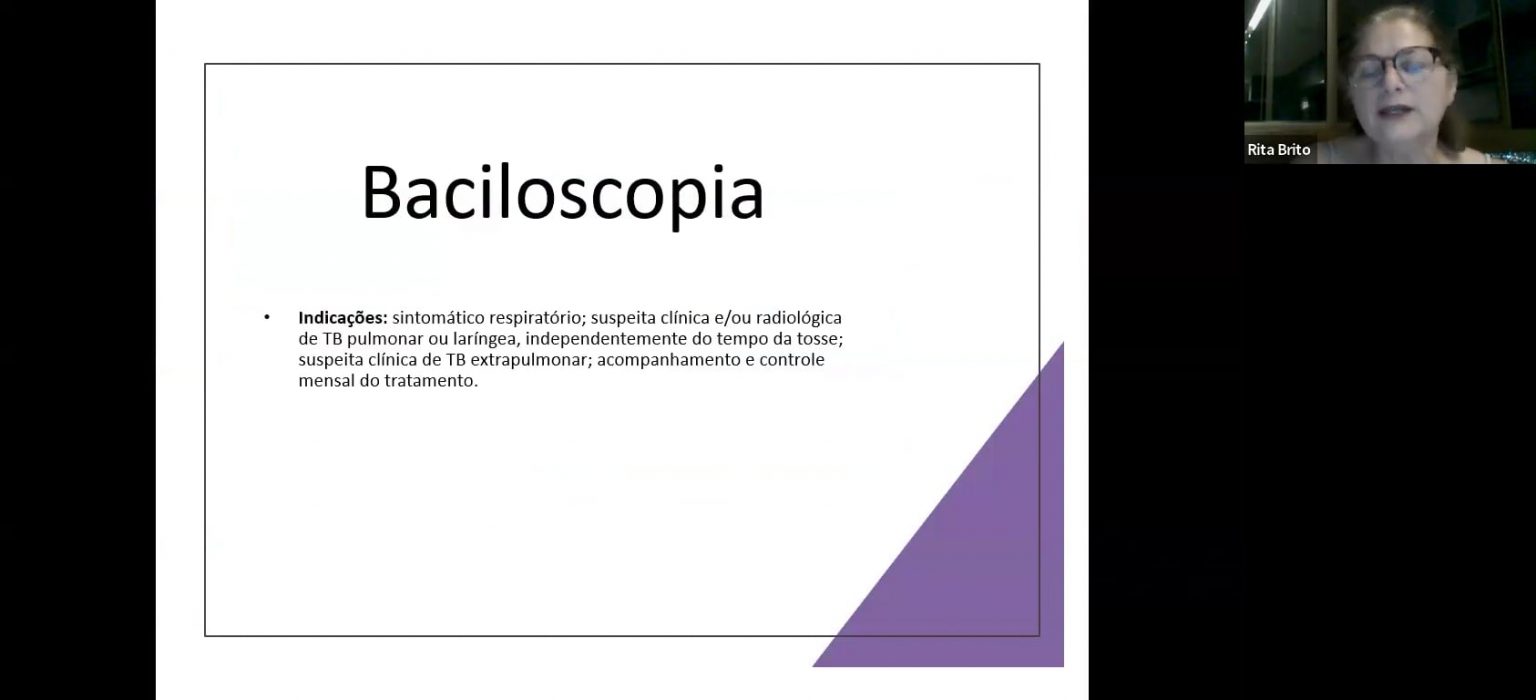Artigo
Approach to the child with bleeding symptoms
INTRODUÇÃO
This topic reviews the approach to evaluating an infant, child, or adolescent presenting with either overt bruising or bleeding or with a history of increased bleeding.
Thrombocytopenia and specific bleeding disorders, including hemophilia and von Willebrand disease (VWD), are discussed in greater detail separately:
● Thrombocytopenia (see “Approach to the child with unexplained thrombocytopenia” and “Causes of thrombocytopenia in children” and “Neonatal thrombocytopenia: Etiology”)
● Hemophilia A and B (see “Clinical manifestations and diagnosis of hemophilia” and “Hemophilia A and B: Routine management including prophylaxis” and “Treatment of bleeding and perioperative management in hemophilia A and B”)
● VWD (see “Clinical presentation and diagnosis of von Willebrand disease” and “von
Willebrand disease (VWD): Treatment of major bleeding and major surgery”)
Specific sources of bleeding are also discussed in separate topics:
● Gastrointestinal bleeding (see “Approach to upper gastrointestinal bleeding in children” and “Lower gastrointestinal bleeding in children: Causes and diagnostic approach”)
● Epistaxis (see “Evaluation of epistaxis in children” and “Causes of epistaxis in children” and “Management of epistaxis in children”)
● Vaginal and/or abnormal uterine bleeding (see “Evaluation of vulvovaginal bleeding in children and adolescents” and “Abnormal uterine bleeding in adolescents: Evaluation and approach to diagnosis” and “Abnormal uterine bleeding in adolescents:
Management”) Bruising that raises concerns for child abuse (see “Physical child abuse: Recognition” and “Physical child abuse: Diagnostic evaluation and management”)
Compartilhar em:
Comentários
Cursos Relacionados
Livros Relacionados
0
Conteúdos Relacionados
Comentários
Deixe um comentário Cancelar resposta
Você precisa fazer o login para publicar um comentário.













